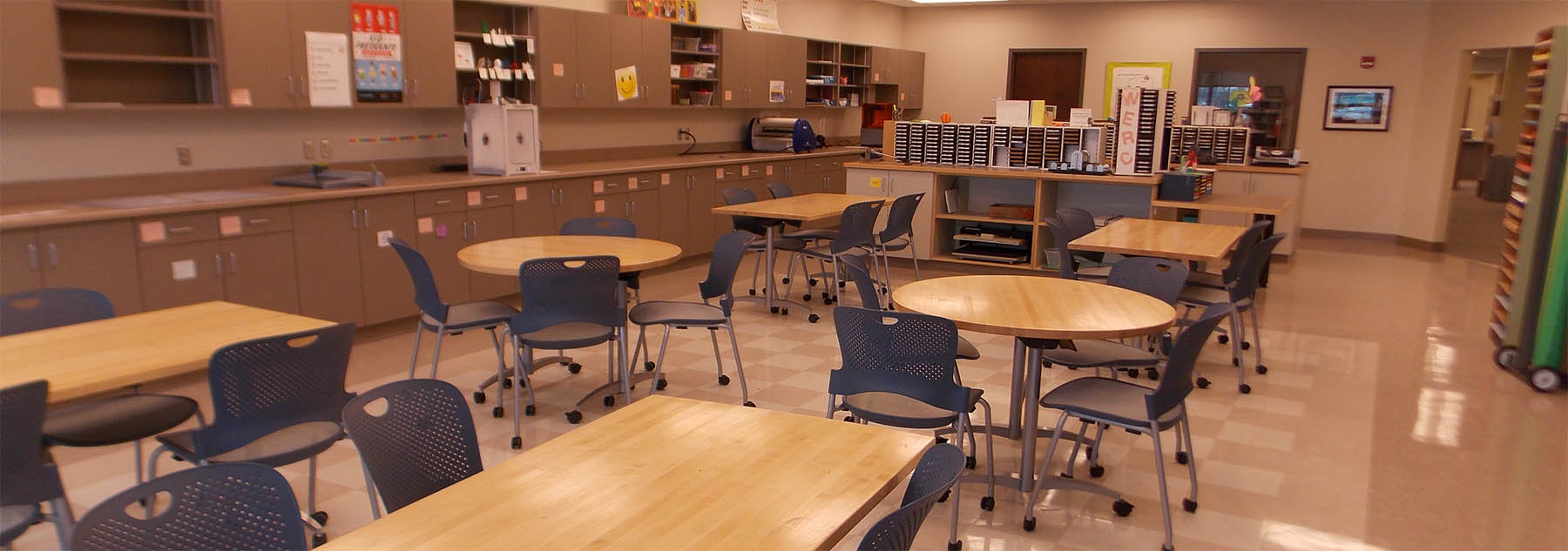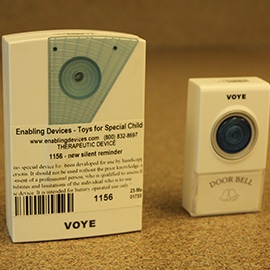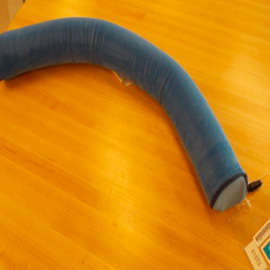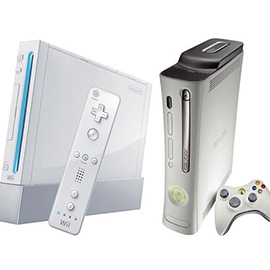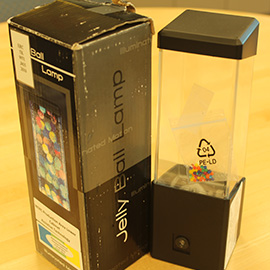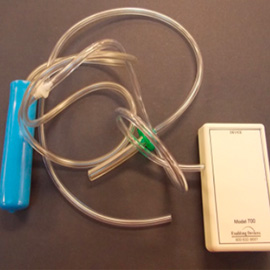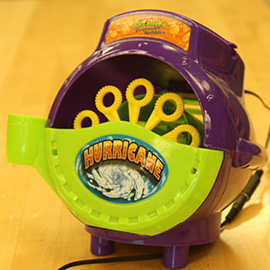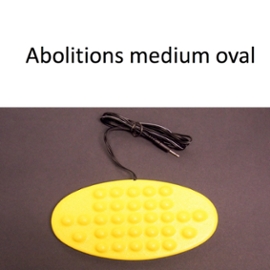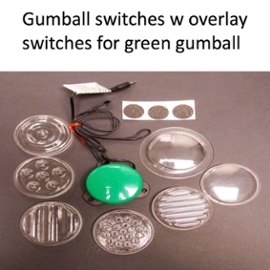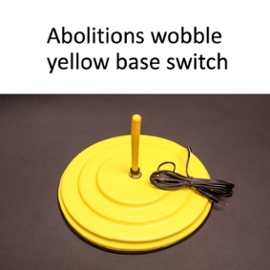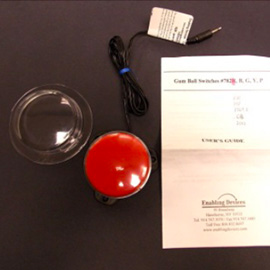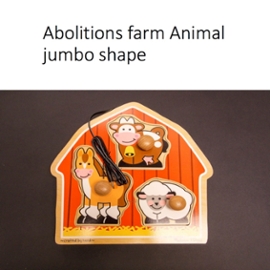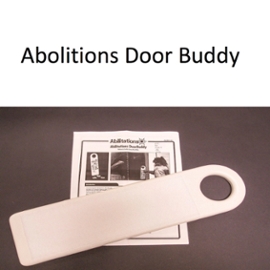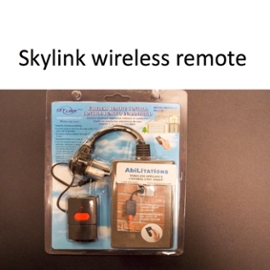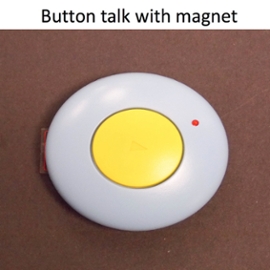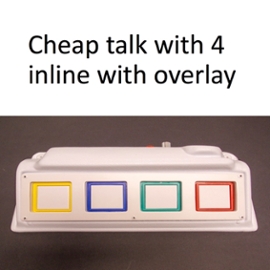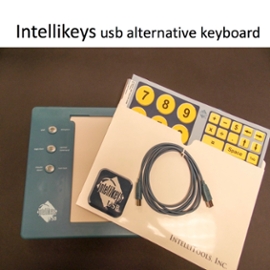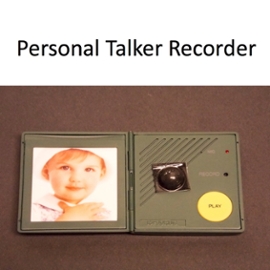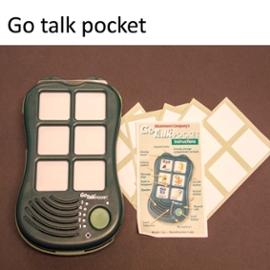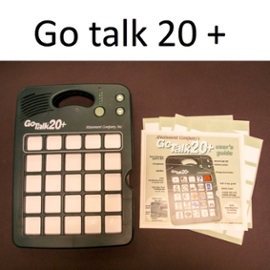The WERC & School of Education have developed a collection of Special educational materials and devices for PK-12 public school teachers and IUSB faculty for review and demonstration. The focus of this collection is to allow educators to learn how these materials can be used to improve the educational experience of students with special needs. The WERC Media room (EA2010D) allows users to view and explore how to use the games and other special education technology materials. The room is designed to accommodate 2-4 people.
All materials and media room reservations require IUSB ID, or WERC/Schurz library card. Indiana residents (18 and older) who are not currently enrolled or employed at IU may obtain an Indiana University Libraries Borrower’s Card at the WERC front desk. To receive this card, present a valid INDIANA STATE ID, along with 2 pieces of mail postmarked within the last month from current Home address. Exception: Local teachers may use their school faculty IDs instead of mail received at their home. The card is nontransferable and may be renewed annually.


